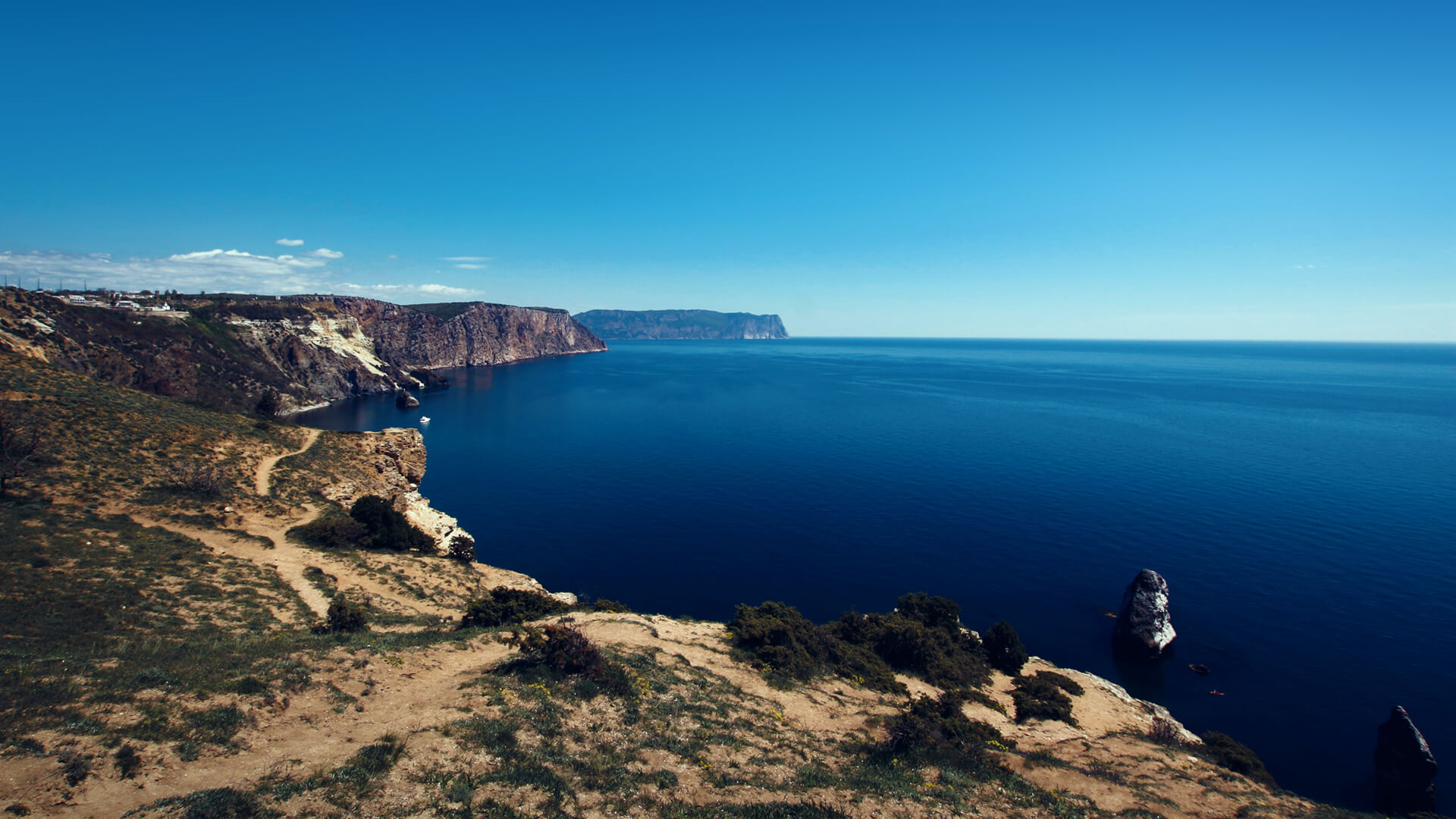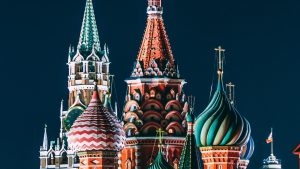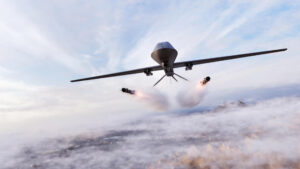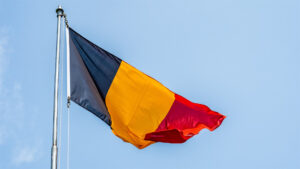In many ways, Ukraine’s geography largely mimics that of the American Midwest: a broad swath of highly productive agricultural land with a largely navigable river running through it. In the United States, the Mississippi delivers the bounty of the Midwest to the port of New Orleans on the Gulf of Mexico. In Ukraine, the Dnieper flows to the Black Sea where it empties at the port of Kherson. Kherson should be a familiar name to those of you who have been following Russia’s invasion of the Ukraine, given the Russian military’s efforts to capture the city. Geography helps give an understanding of its significance.
Ukraine’s historic ability to grow surplus crops and deliver them via river to the Black Sea should not be overlooked. The Black Sea, and especially the Turkish Straits, affords Ukraine a considerable advantage over much of Russia: the output of its primary productive geographies enjoys relatively easy access to global ports. Ukrainian grain–and oilseeds, and coal, and metals, and so on–can in normal times reach international ports and thus link Ukraine to a globalized economy.
Not so for Russia. The Russians’ primary river, the Volga, empties into the Caspian Sea which unlike the Black Sea has no access to global maritime trade. The Volga is also prone to spectacular cycles of freezing, and flooding, and ice damming. Russian economic development largely stalled until the 19th century, when Moscow was able to develop rail networks to the Baltic Sea and Black Sea (also why so much of Russian imperial history focused on securing the Caucuses and Crimea; access to the Black Sea and ports beyond was [and still is] critical for Russia’s economic survival).
Ukraine represents the best-situated, most productive piece of Russia’s former Soviet empire, and the one that could most easily integrate with the West, and beyond. Which is why control over Ukraine has been so central to Russian imperial strategy for centuries, and why I fear future Russian military action will focus on destroying Ukraine’s critical infrastructure and economy.
Here at Zeihan On Geopolitics we select a single charity to sponsor. We have two criteria:
First, we look across the world and use our skill sets to identify where the needs are most acute. Second, we look for an institution with preexisting networks for both materials gathering and aid distribution. That way we know every cent of our donation is not simply going directly to where help is needed most, but our donations serve as a force multiplier for a system already in existence. Then we give what we can.
Today, our chosen charity is a group called Medshare, which provides emergency medical services to communities in need, with a very heavy emphasis on locations facing acute crises. Medshare operates right in the thick of it. Until future notice, every cent we earn from every book we sell in every format through every retailer is going to Medshare’s Ukraine fund.
And then there’s you.
Our newsletters and videologues are not only free, they will always be free. We also will never share your contact information with anyone. All we ask is that if you find one of our releases in any way useful, that you make a donation to Medshare. Over one third of Ukraine’s pre-war population has either been forced from their homes, kidnapped and shipped to Russia, or is trying to survive in occupied lands. This is our way to help who we can. Please, join us.








